Pickled cherry chocolate sherry flip cocktail is a modern pickle twist on a vintage hot egg flip recipe using sherry, cherry brandy, real free range organic egg, coconut cream, raw cacao, wattleseed, cinnamon, nutmeg, rhubarb bitters, runny honey and spiced pickled cherry brine, with a spiced pickled cherry and freshly grated nutmeg as a garnish. Pickled cherry chocolate sherry flip cocktail is inspired by vintage recipes for hot rum and egg flips and ‘sack’ posset along with Jerry Thomas’ recipe for cold sherry flip in his 1887 edition of The Bar-tender’s Guide and his detailed tips on the best method for making hot flip cocktails in the 1862 edition of The Bar-tender’s Guide.
What is a flip cocktail?
Eggs: The flip cocktail is a cocktail that uses eggs as a key ingredient – along with alcohol in the form of a ‘spirit or fortified wine’ and a sweetener such as sugar, according to Simon Difford (2019) of Difford’s Guide. The importance of eggs in the flip is indicated in vintage recipe titles for the ‘egg flip’ where the word egg is included within the title. Difford (2019) in Diffords Guide has detailed that the ale in earlier versions of the flip recipe comes to be replaced with a stripped down form with eggs – for example in Jerry Thomas’ (1862: 184) recipe in his Bar-tender’s Guide for ‘149. Egg Flip.’ which contains eggs, sugar, water, cognac and rum.
Smooth, creamy, soothing texture and mouth feel: Jerry Thomas (1862: 181) in the 1862 edition of his Bar-tender’s Guide writes that the eggs in the flip cocktail lend the cocktail a smooth texture and creamy mouth feel:
“The essential in ‘Flips’ of all sorts is, to produce the smoothness by repeated pouring back and forward between the two vessels, and beating up the eggs well in the first instance, the sweetening and spices according to taste.”
Can a flip cocktail include cream?
Difford (2019) in Difford’s Guide and Muldoon & McGarry (2015: 2320) in The Dead Rabbit Drinks Manual define a flip cocktail as having eggs as a key ingredient, but no cream or milk, while egg-nog is distinguished by the addition of cream or milk. However, Dale DeGroff (2002: 115) in Craft of the cocktail and Wayne Curtis (2018: 690) in And a bottle of rum relate that in the American history of hot flip recipes the drink has incorporated cream in some instances, having many local variations.
History of the flip cocktail, related egg and posset-style drinks: from hot to cold serving styles
Flips can be served hot, warmed with a hot poker, or in a saucepan; and in later times, cold, shaken with ice. The flip is related to another earlier style of hot drinks called possets that also used eggs, milk or cream, curdled with citrus juice or fortified wine or ale and sweetened with sugar or treacle. As hot egg drinks went out of fashion with more readily available ice, possets came to be made into cold puddings while flips were more often served cold and other posset-style drinks incorporating cream were served cold, such as the Pina Colada and Brandy Alexander.
Possets: Medieval hot cure all drinks for the well to do
Possets are an old fashioned medieval drink dating to the 15th and 16th centuries, closely related to syllabub another drink incorporating cream. Possets were a hot drink combining milk or cream curdled with citrus juice or ‘sack’, Spanish fortified sherry-style wine, or Ale, sweetened with sugar or treacle and spices. Possets in the 15th century used milk as a base that was curdled by wine or ale and then in later variations in the 16th century cream, eggs and sugar were combined with citrus as the curdling agent (Muldoon & McGarry 2015: 2459). Cloake (2013) writing for The Guardian relates that by the 18th Century possets had taken on more pudding like qualities with the addition of egg yolks, almonds and crushed biscuits. Possets were served in posset sets – comprised of small and sometimes elaborately decorated posset pots with double handles and a spout. Jim Newcomb of The Sommelier Update relates that posset pots were functionally useful in consuming possets as the curdling process meant the drink separated into layers: a liquid alcoholic layer at lathe base drunk through the spout, a solid spiced curd custard layer in the middle and a ‘snowy foam or aerated crust known as ‘the grace’’ on the top – ‘the grace’ and custard were eaten with a spoon. Regula Ysewijn (2016) writing for The Guardian relates that posset was believed to have medicinal properties as a cure all and that posset pots and sets were an expensive item indicating that medicinal posset served in this way was most likely to have been consumed by the wealthy.
Hot flips: sailors, revolutionaries, to be at ‘logger heads’
Hot Flips were made from ale and rum, mixed with eggs, sugar or molasses and sometimes cream or pumpkin, and spices, and heated in America with the use of a hot iron poker or ‘logger-head’, flip-dog’ or ‘hottle’ with a ball on the end which gave the drink a smoky bitter caramel flavour and in England using a saucepan (Curtis 2018: 684-7, 690). Hot rum flips were popular among English and other sea farers with Jerry Thomas (1862: 181) relating in his Bar-tenders Guide they were ‘the favourite beverage of sailors’. Flips were also popular with American ‘revolutionaries’ who consumed them within the space of taverns where ‘new ideas’ and politics were debated (Curtis 2018: 727-734). Wayne Curtis in And a bottle of rum recounts that in America flip is first mentioned in 1690 (Curtis 2018: 680). Curtis (2018: 694) relates that the origin of the phrase to come to be at ‘logger heads’ is related to the flip drink as a ‘logger head’ was another name for the hot pokers used to heat up the flips that were consumed in taverns and these pokers could be seized upon as weapons in the heat of an argument after too much flip had been consumed.
Hot flips as heated cure all drinks: a remedy for a common cold
Both posset and later flip drinks were originally served hot and thought to be good for invalids and the sick as a cure all. Jerry Thomas (1862: 183-4) in the first edition of his Bar-tender’s Guide writes that hot ale flips were a ‘good remedy to take at the commencement of a cold’ and in relation to the hot egg flip recipe he writes of the soothing texture of the flip cocktail along with its restorative benefits:
“This is excellent for a cold, and, from its fleecy appearance, is sometimes designated ‘a yard of hot flannel’.”
Cold flips, posset pudding, posset-style drinks
Cold flips were a later innovation coming after ice became more freely available and included ice that was shaken in the drink to emulsify the eggs. Cold flips could be made with port, brandy, rum, gin, whiskey, or sherry. Difford (2019) in Difford’s Guide indicates that the first published recipe for a cold flip cocktail appeared in 1874 and that cold flips were included in Jerry Thomas’ later 1887 edition of The Bar-tenders Guide. Posset drinks split into two branches – modern posset style drinks such as the Pina Colada and Brandy Alexander that contain cream and are served cold and cold posset puddings, a custard like pudding set in the fridge that incorporates milk or cream, citrus, alcohol such as brandy or sherry and sugar.
How to make a hot egg flip cocktail: Jerry Thomas’ tips on the hot flip cocktail method
Traditionally flips were heated with a hot iron poker, logger head or flip dog in America and in a saucepan in the English style (Curtis 2018: 687). I have opted for the saucepan method here as I did not have access to an authentic iron poker or open fire.
I have however, been strongly influenced by Jerry Thomas’ (1887: 559) ‘Hints and rules for bartenders’ in his Bar-tender’s Guide in which he describes in detail the procedure of adding the heated alcohol to beaten eggs slowly so as not to cause curdling and pouring the ingredients back and forth several times to mix and aerate them and create a smooth consistency and texture. This same attention to creation of a smoothly textured drink is evident in the method he relates for making the Egg Flip in the 1862 edition and the Hot English rum flip in the 1887 edition.
‘Hints and rules for bartenders’ in The Bar-tender’s Guide by Jerry Thomas (1887: 559):
“When drinks are made with eggs, or milk, or both, and hot wine or spirits is to be mixed with them, the latter must always be poured upon the former gradually, and the mixture stirred briskly during the process; otherwise the eggs and milk will curdle.”
Method for the Egg Flip in The Bar-tender’s Guide by Jerry Thomas (1862: 183-4):
“Put a quart (0.95 l) of ale in a tinned saucepan on the fire to boil…beat up the…eggs, adding four tablespoonfuls of brown sugar and a little nutmeg; pour on the ale by degrees, beating up so as to prevent the mixture from curdling; then pour back and forward repeatedly from vessel to vessel, raising the hand to as great a height as possible – which process produces the smoothness and frothing essential to the good quality of the flip. This is excellent for a cold, and, from its fleecy appearance, is sometimes designated ‘a yard of flannel’.”
Method for the Hot English Rum Flip. The Bar-tenders Guide by Jerry Thomas (1887: 1589):
“Heat the ale in a saucepan; beat up the eggs and sugar, add the nutmeg and rum, and put it all in a pitcher. When the ale is near the boil, put it in another pitcher containing the eggs, etc., stirring all the while very briskly to prevent the eggs from curdling, then pour the contents of the two pitchers from one to the other until the mixture is as smooth as cream.”
How is the pickled cherry chocolate sherry flip cocktail different?
The pickled cherry chocolate sherry flip cocktail has some of the ingredients called on by Jerry Thomas for a cold sherry flip: sherry, sweetener, eggs. It is also similar in method to the Egg Flip of ale, eggs, sugar and nutmeg and the Hot English Rum Flip which calls for ale, rum, eggs, sugar and nutmeg. I have omitted the ice and the ale and added coconut cream and pickle brine along with spices including Australian indigenous wattleseed, cinnamon and nutmeg. The pickled cherry chocolate sherry flip cocktail is a hot flip using real free range organic egg, cream, sherry and cherry brandy. The recipe gestures back to the earlier style of flip recipe where the drink was heated and still earlier to the precursor of the flip, the hot posset drink which also called for ‘sack’ or a sherry like fortified Spanish wine along with cream or milk, citrus and sugar. The pickled cherry chocolate sherry flip cocktail does include coconut cream – but as in the American tradition cream could be added and the method used is akin to that used for an Egg Flip and Hot English Ale flip, I think it is best described as a flip cocktail.
Tips for making a hot egg flip cocktail like the pickled cherry chocolate sherry flip cocktail
- Choose a quality real free range organic egg to make your flip cocktail. For more information about safely using eggs in cocktails see Difford’s Guide.
- I recommend using a heavy based Boston shaker tin that has 2 shaking tins as the vessels to pour the cocktail between to aerate and create a smooth creamy texture
Flavour pairing to enhance the sherry base in the pickled cherry chocolate sherry flip cocktail
The pickled cherry chocolate sherry flip cocktail calls on Spanish sherry as a key base ingredient. The sherry is then enhanced by the addition of a small amount of cherry brandy to bring rich fruit flavour and sweetness that counter balances the bitterness and richness of raw cacao and rich full silky mouth feel of eggs and coconut cream. The element of spice is added through the spice mix of cinnamon, nutmeg and wattleseed as well as the complex spice blend used when pickling the cherries which included sherry soaked vanilla bean and wattleseed. A dash or two of rhubarb cacao bitters with wattleseed adds tart rhubarb for complexity and a deeper chocolate note. Wattleseed has a chocolate, coffee toasted flavour that works so well with chocolate, cherries and sherry. The rhubarb bitters and spiced pickled cherries used in this recipe do take some advance preparation but are easy to make and well worth the investment in time as both create unique bespoke complex flavours that can be used in multiple cocktails including this spiced pickled cherry chocolate sherry flip cocktail.
Pickled cherry twist on vintage cure all hot egg flip cocktail
The pickled cherry chocolate sherry flip cocktail is a luscious warming drink that speaks to the history of flips and possets as a cure all – perhaps in this case a cure all for the cold of approaching winter that reignites some of the rich red colours and warm spiced fruit flavours of summer cherries through their preservation as pickles and celebrates this now out of season bounty bringing the best of one season into another. Finishing the pickled cherry chocolate sherry flip cocktail with a dusting of fresh nutmeg and a pickled cherry offers a visually beautiful garnish that pops red against the brown chocolate of the creamy drink and adds a delicious spice aroma and flavour to the top layer of the drink.
~Disclaimer~ This post contains affiliate links. As an Amazon Associate I earn from qualifying purchases.
Pickled cherry chocolate sherry flip cocktail
Print RecipeIngredients
- 1 shot sherry, I used Pedro Ximinez
- 1/2 shot cherry brandy
- 2 teaspoons Spiced pickled cherry brine
- 1 real free range organic egg
- 2 teaspoons runny honey or maple syrup
- ¼ teaspoon cinnamon
- ¼ teaspoon nutmeg
- ½ teaspoon wattleseed
- 1 teaspoon raw cacao
- 3 dessert spoons coconut cream
- 2 dashes Rhubarb cacao bitters with wattleseed
- Freshly grated nutmeg and Spiced pickled cherry to garnish
Instructions
Combine coconut cream, cacao, sherry, brandy, bitters, sweetener and wattleseed in a small saucepan and heat over medium heat until just warmed through, do not boil, set aside
Meanwhile beat the egg in a small bowl with a fork or whisk until glossy, add the cinnamon and nutmeg
Add the egg mixture to the larger shaking tin from a Boston shaker
Gradually pour in the hot cream, brandy and sherry mix
Once all incorporated pour back and forth between the two shaker tins 4-5 times until well combined and aerated
Serve in a cocktail glass with a grating of fresh nutmeg and a pickled cherry to garnish on a reusable cocktail pick
Notes
Recommended books






Wayne Curtis (2018). And a Bottle of Rum, Revised and Updated: A History of the New World in Ten Cocktails Broadway Books: New York.
De Groff (2002). The Craft of the Cocktail: Everything You Need to Know to Be a Master Bartender, with 500 Recipes Clarkson Potter: New York.
Sean Muldoon & Jack McGarry (2015). The Dead Rabbit Drinks Manual: Secret Recipes and Barroom Tales from Two Belfast Boys Who Conquered the Cocktail World Houghton, Mifflin, Harcourt: Boston, New York.
Jerry Thomas (1862, 2018 reprint). The Bartender's Guide: Bon-Vivant's Companion Dick & Fitzgerald: New York, reprint by Thomas Majhen.
Jerry Thomas (1887, 2016 reprint). Jerry Thomas' Bartenders Guide: How to Mix All Kinds of Plain and Fancy Drinks Dick & Fitzgerald: New York, reprint by Dover Publications: New York.
David Wondrich (2007). Imbibe! Updated and Revised Edition: From Absinthe Cocktail to Whiskey Smash, a Salute in Stories and Drinks to "Professor" Jerry Thomas, Pioneer of the American Bar Perigree: New York.
Recommended gear



Online flip and posset recipes
Simon Difford (2019). Flip cocktails. In Difford’s Guide.
Mrs. F.L Gillette and Hugo Ziemann (1887). Egg flip, or mulled ale. In The White House Cook Book. Reproduced in excerpt in Vintage Recipes.
Jim Newcomb Sack Posset. In The Sommelier Update.
Sir Kenelm Digby (1669). My Lord of Carlisle’s Sack-Posset. In The Closet of Sir Kenelm Digby Knight Opened. Available in Project Gutenberg.
Hannah Wolley (1672). To make a sack posset. In The Queen-like closet or rich cabinet. Reproduced in excerpt in Vintage Recipes.
Felicity Cloake (2013). How to make the perfect lemon posset. In The Guardian.
Regula Ysewijn (2016). Historic recipes: sack posset, a rich pudding to cure all ills. In The Guardian.
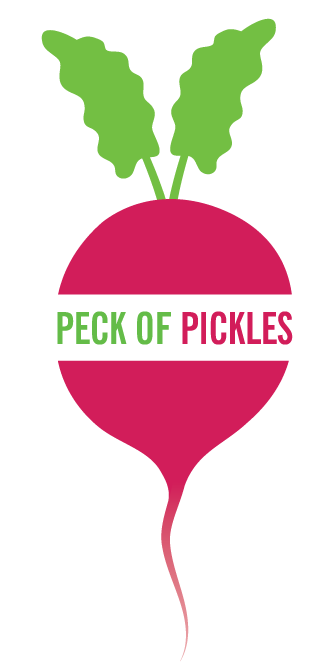
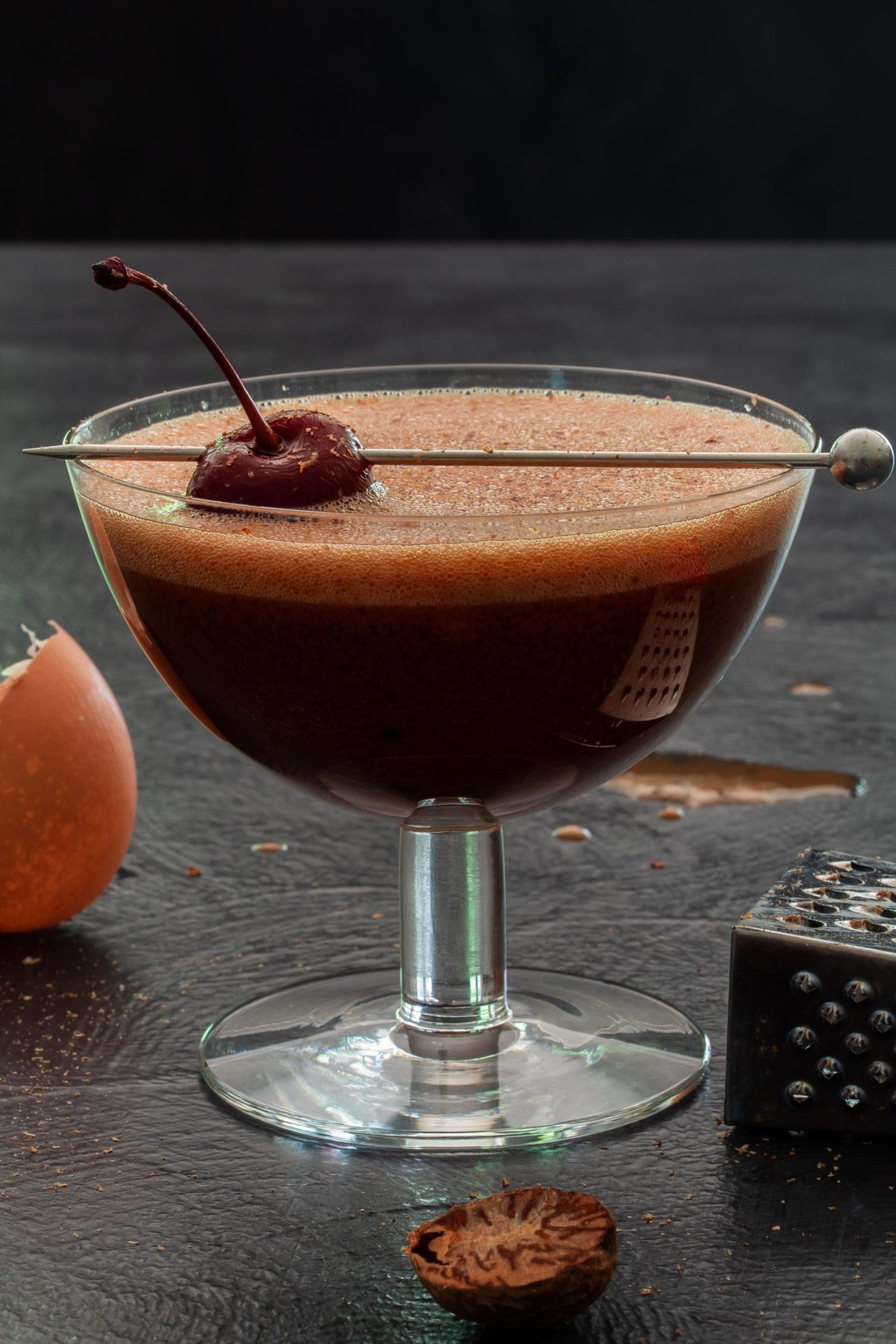
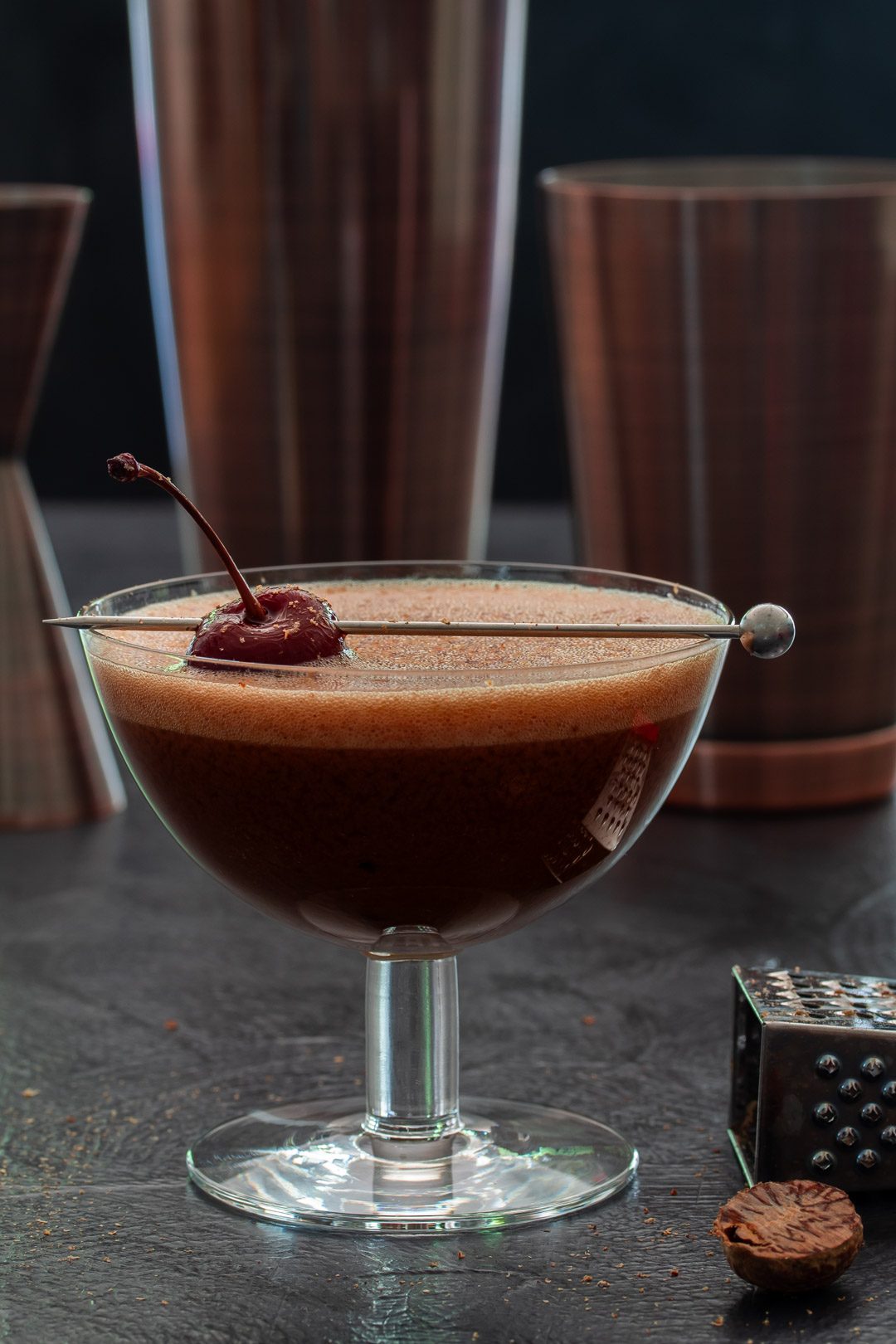
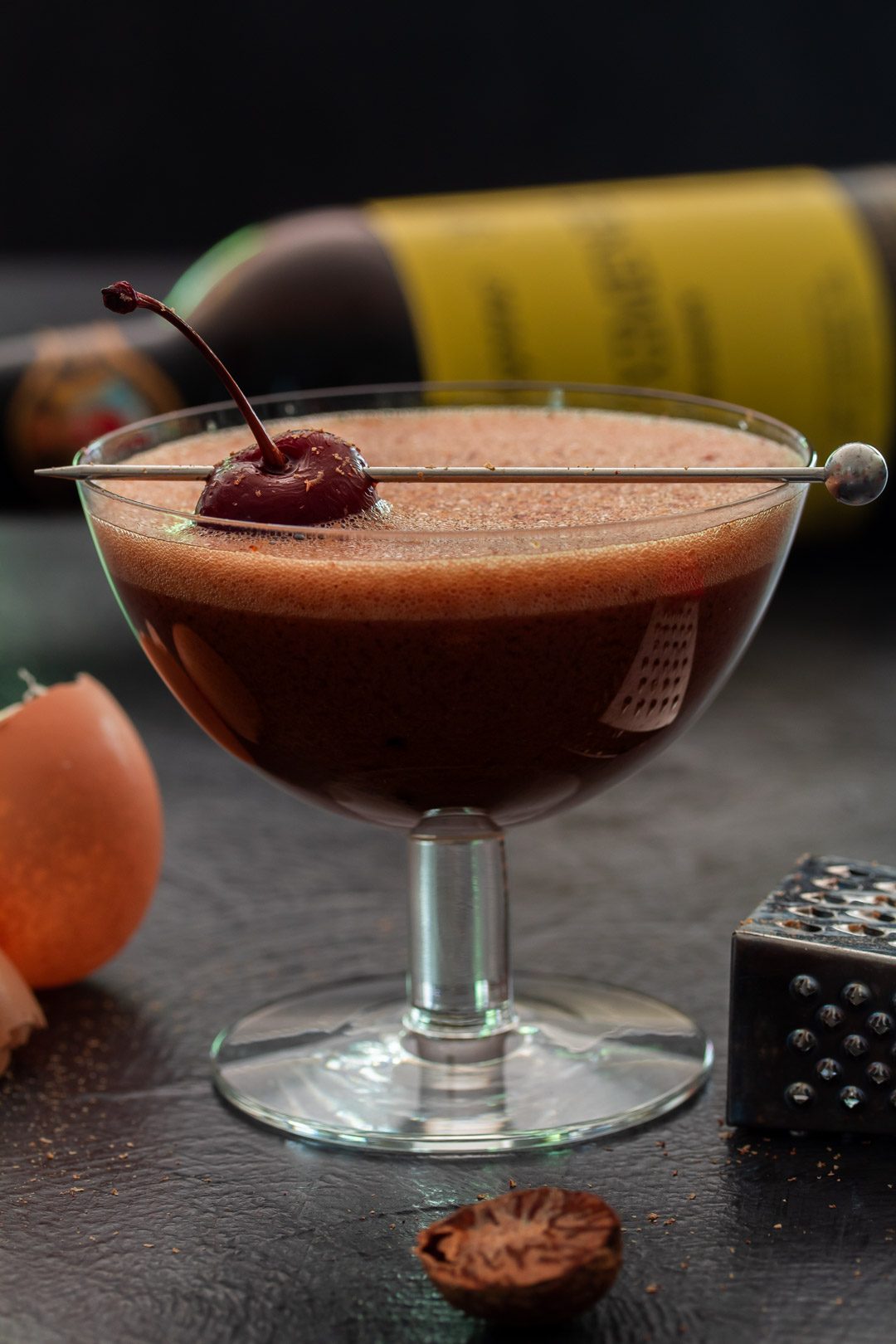
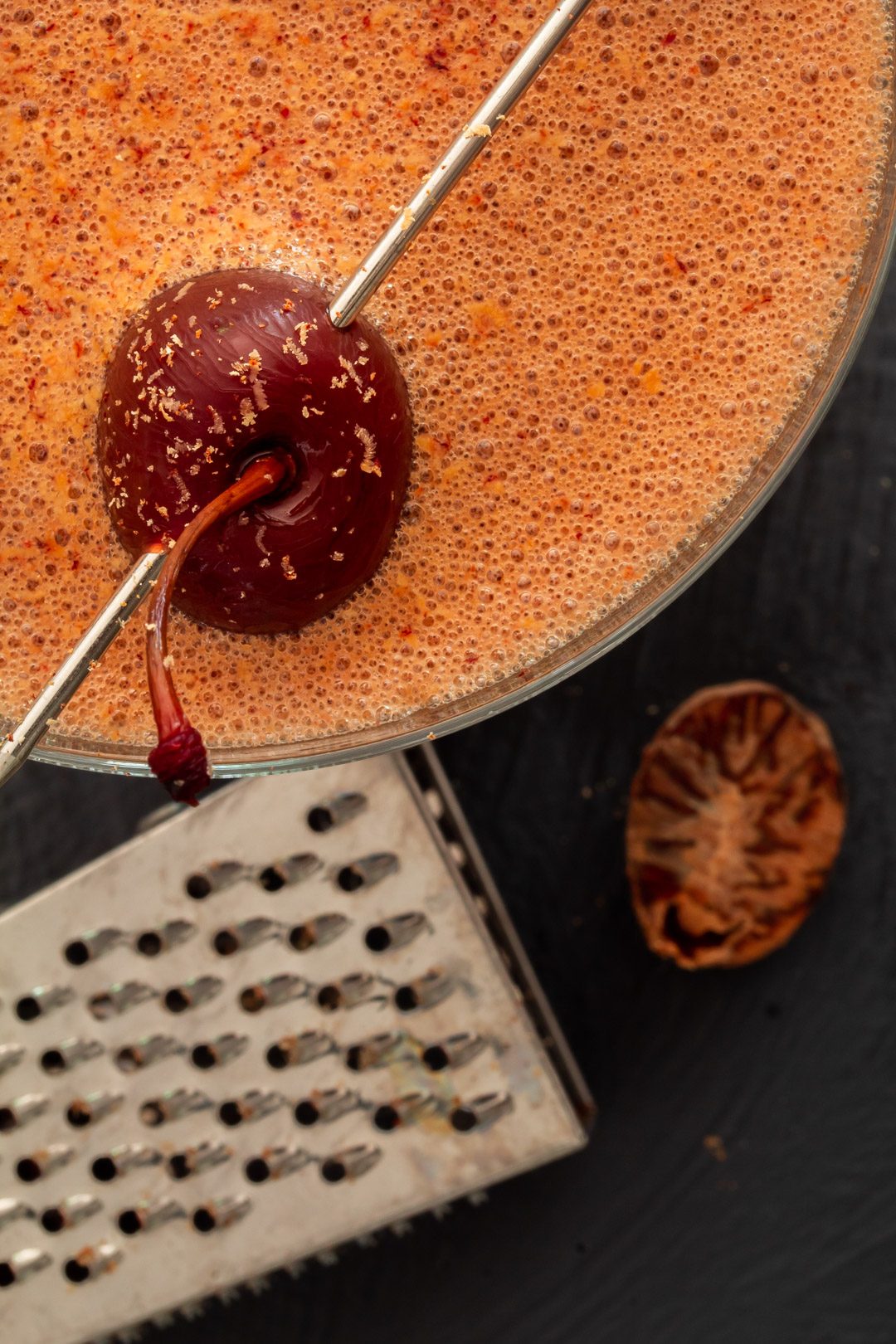
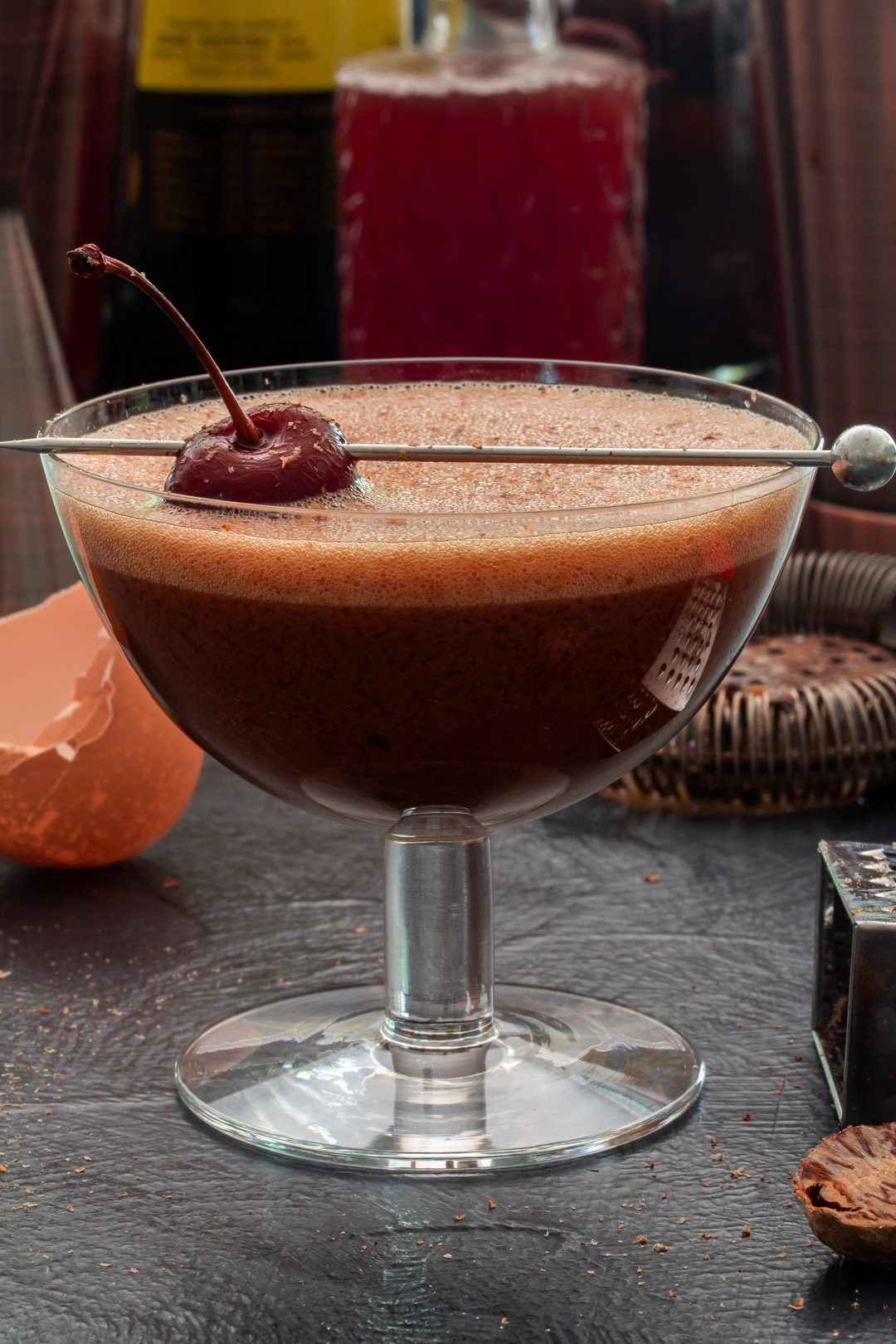
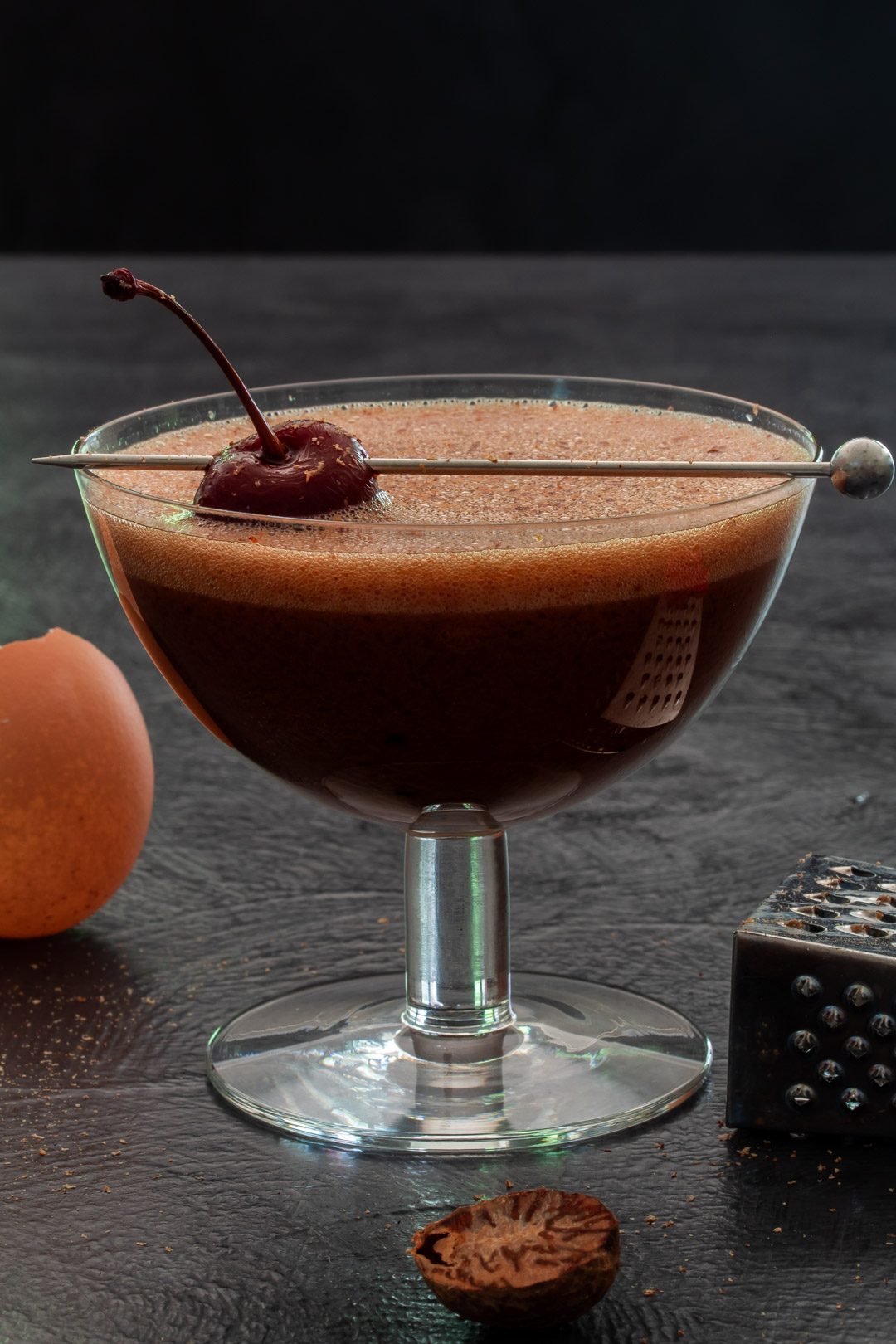
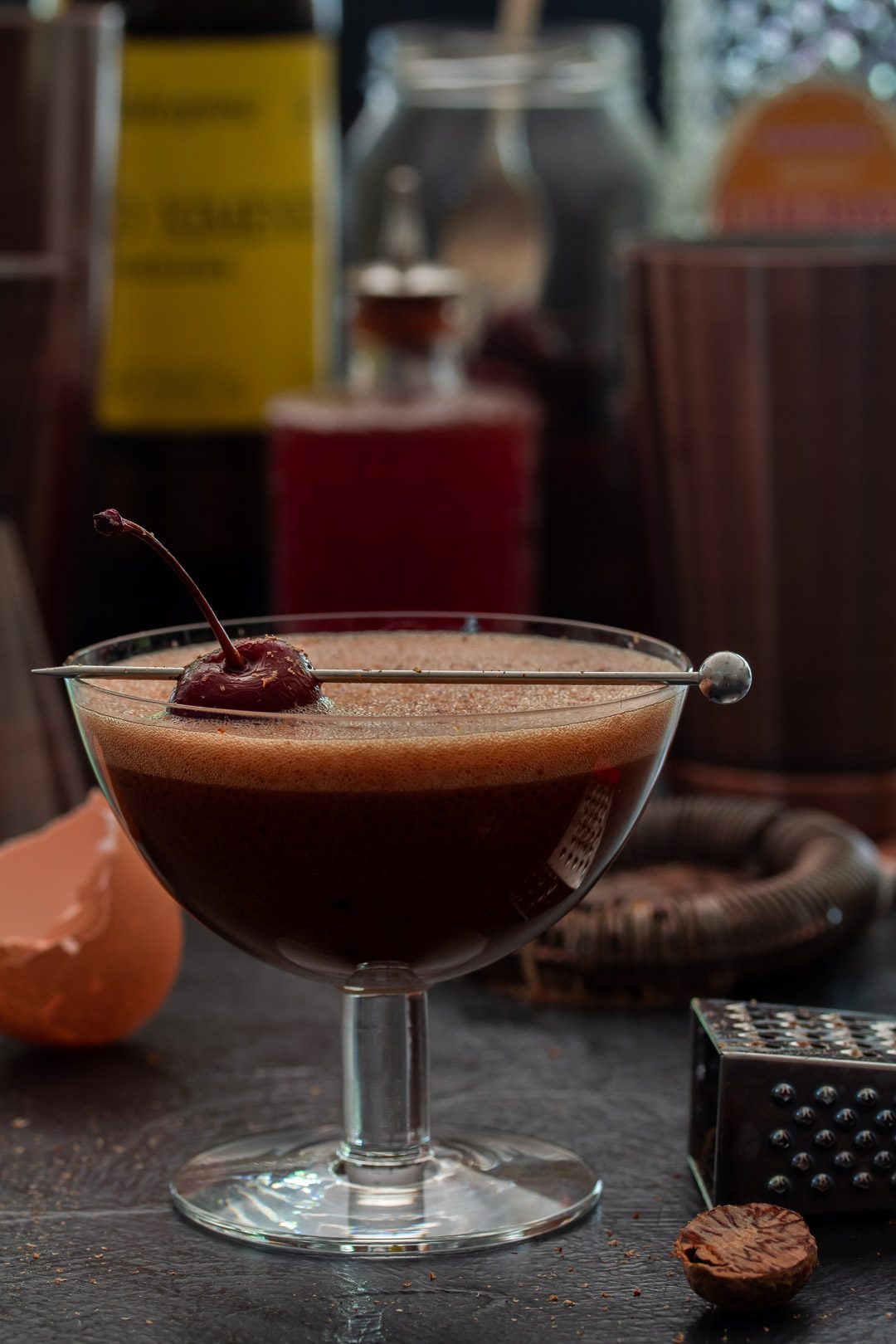
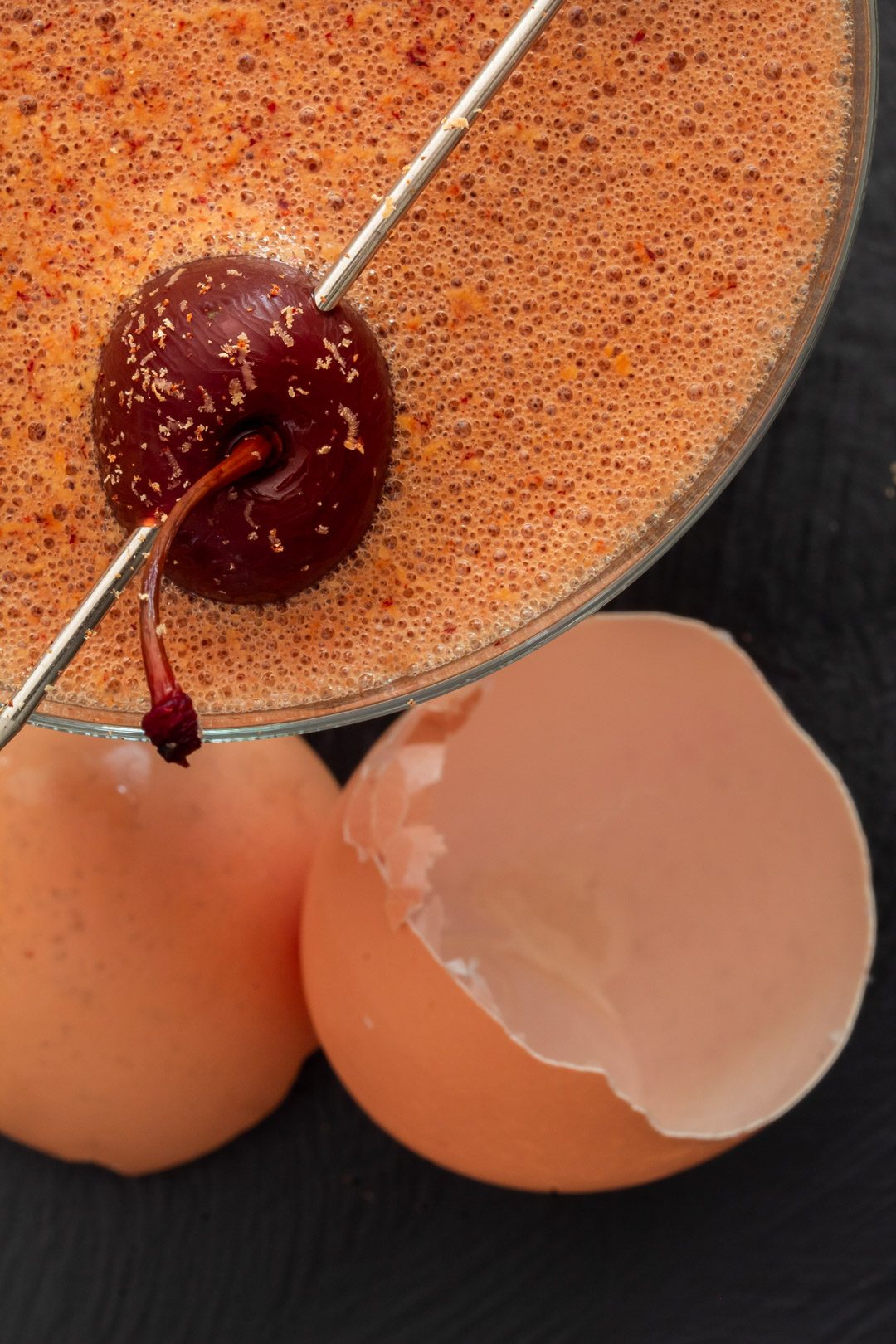
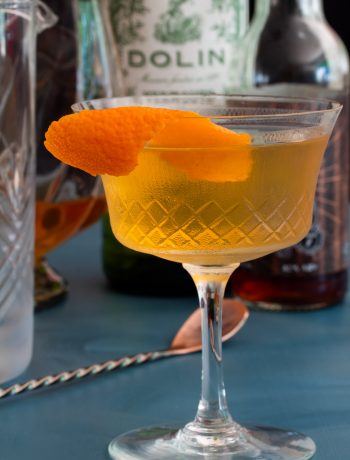
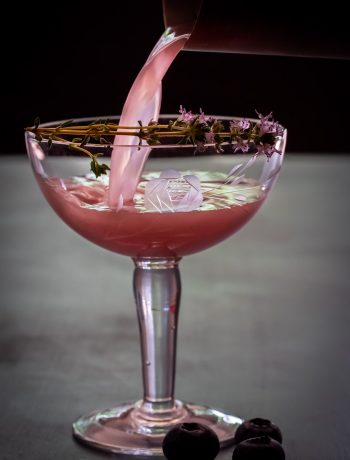
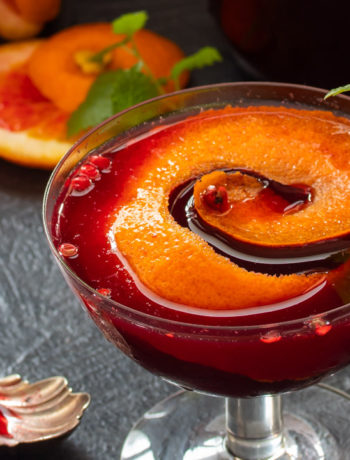
No Comments